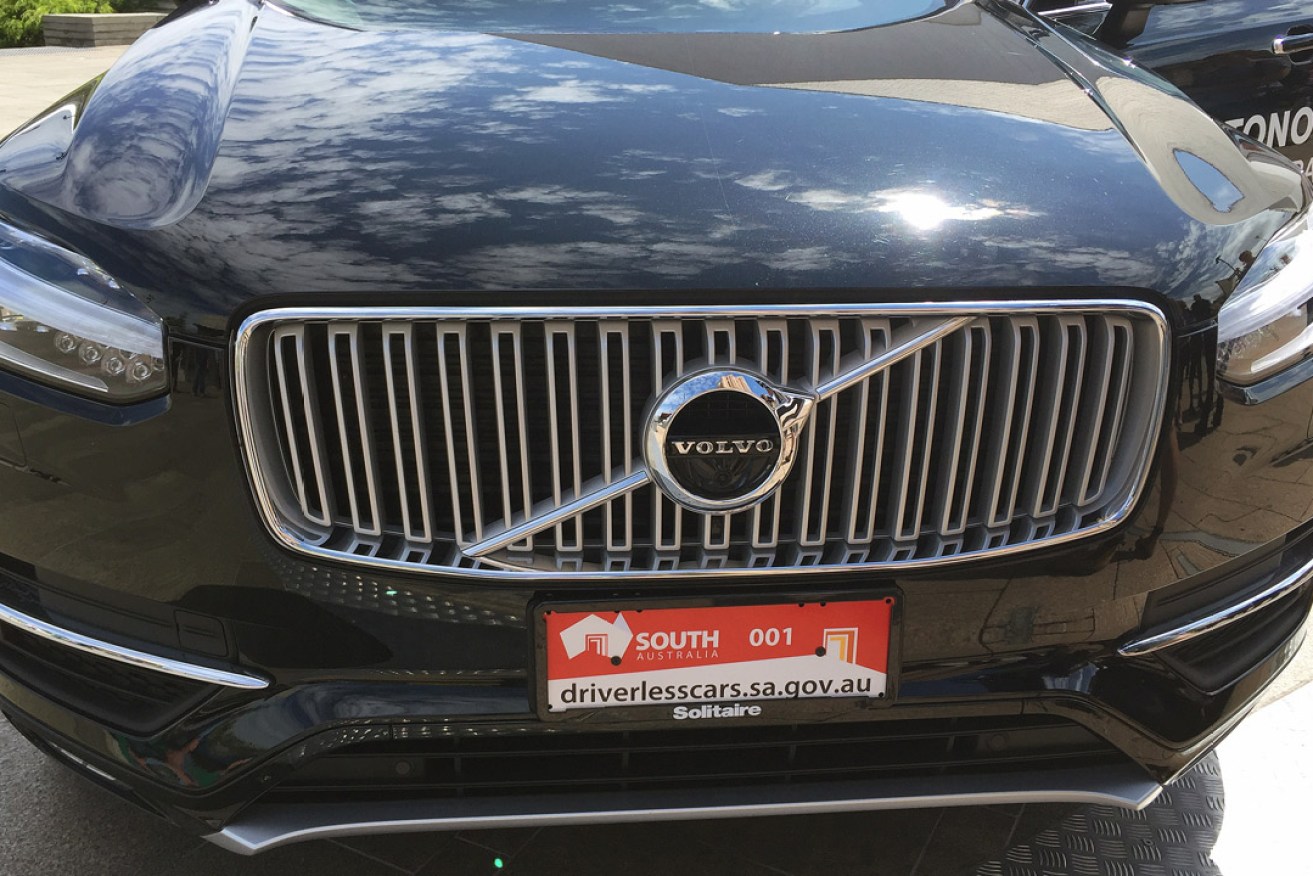Cities will never look the same again
The advent of driverless car will dramatically change cities – and governments should start investigating the implications before we reach a point of no return, writes David Homburg.

Photo supplied
Driverless cars or autonomous vehicles are going to be one of those technologies that disrupt the way we do things – “a game changer in terms of the urban form”, in the words of Premier Jay Weather last month when he introduced the Australian Institute of Architects (AIA) SA Chapter’s forum exploring the technology and our urban environment.
Cities are very much shaped by their transport networks, and none more so than 20th-century cities.
The car has dominated everything we do, from strategic planning through to the types of houses we build.
So it’s a pretty safe bet that when driverless car technologies are fully developed, our cities will never look the same again. What we don’t yet know is how they will evolve – but we can speculate.
Much will depend on the ownership model. If we continue to own our own car, albeit a driverless model, the changes will be incremental. If, however, most people no longer own a car and access transport through a pool of autonomous vehicles, the changes will be significant.
It is worth exploring this in more detail.
If we continue to own our own cars, we can expect there to at least be changes in the space required by our vehicles.
Technology will enable them to travel closer together, and therefore more vehicles will be able to be accommodated on existing roads – we may not need to invest in road infrastructure as heavily as we currently do.
Car parks will accommodate more cars as we can park vehicles much closer together. Indeed, it is likely that we can be dropped outside our destination, with our car continuing on to park itself.
The current model preferred by retailers (and loathed by urban designers) of a shopping centre set in a sea of parking will be defunct – car parks can be located around the rear of the centre as we can all be dropped off at the front door.
Similarly, our home garages can become smaller as our cars drop us off out the front and then park themselves into spaces that don’t require us to access the vehicle.
And cycling could become a choice for a wider group of people.
We know safety concerns stop many people from riding. With advanced sensor technology, cycling will become safer, and we can develop a genuine network of cycling routes without the arguments around bike-versus-car infrastructure.
However, if we no longer own our vehicles, this will be an even bigger game-changer.
Cars would be pooled at a central location and called via an app, much like we can now hire a taxi via a smartphone. So houses won’t require garages any more. This is good news for our streets, eliminating the blight of the double garage.
I can see a whole industry developing around garage conversions and Airbnb hosting.
Shopping centres will no longer require parking at all. Instead, they will require just enough spaces to drop off and collect those shoppers entering and leaving the stores. As you pass through the checkout, the register could identify you via your smartphone and call a car from the car pool to pick you up. We could see a return of the high street shopping strip.
Counter-intuitively, there may be less need to invest in light and heavy rail networks in less dense cities such as Adelaide. Mass transit could be achieved through mass investment in a driverless car and bus network.
And the car could become a mobile office. A two-hour commute might no longer be such a disincentive – the downside is that this technology could encourage urban sprawl.
It is ideas such as these that the Australian Institute of Architects is investigating as an important part of shaping our city.
We have a vision of South Australia not only becoming a world leader in the development of the technology itself, but in developing how our urban environments respond to this new mode of transport.
To do this, we need to properly investigate the implications before we progress to the point of no return.
It will become far too easy to be fascinated by the technology without thinking through the urban implications. We already have form in this area – last time we were confronted by such a profound shift in technology, we pulled out all our trams.
How can we do this? Through a combination of design-led visioning and serious computer modelling.
We already have 3D computer models of the urban environment. We already have sophisticated engineering models of traffic flows and movements. And through gaming technologies we can rapidly test and visualise the outcomes in an easily understood manner – an imperative in having an informed community debate.
It might sound expensive, but it’s a whole lot cheaper than trying to re-establish a tram network.
So we are putting the challenge out to government: with the support of the universities and industry, we should establish a unit within the Office of Design and Architecture SA (ODASA) to properly model and guide the urban implications.
With a new Development Act being debated, and legislation in place enabling the technology to be trialled, now is the time to invest. It’s exciting stuff, but let’s go in with our eyes open.
David Homburg is president of the SA Chapter of the Australian Institute of Architects and an Adelaide-based principal at global design practice HASSELL.




